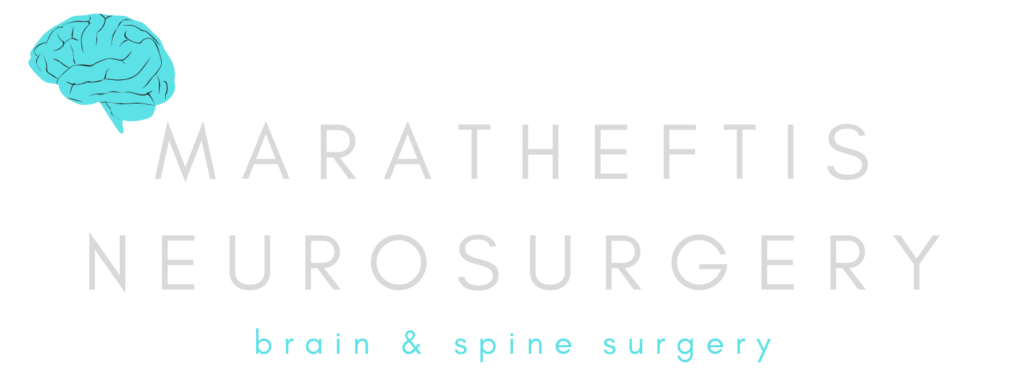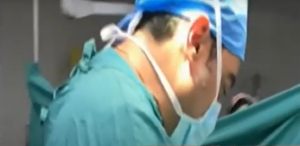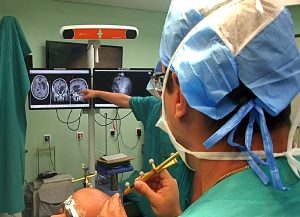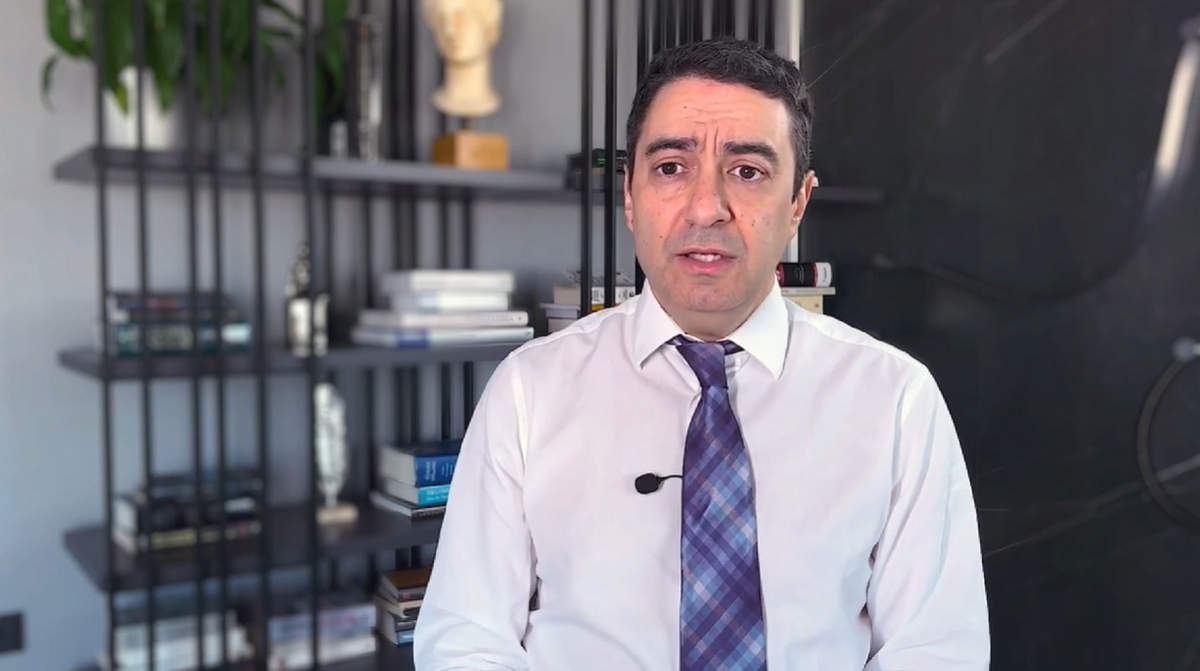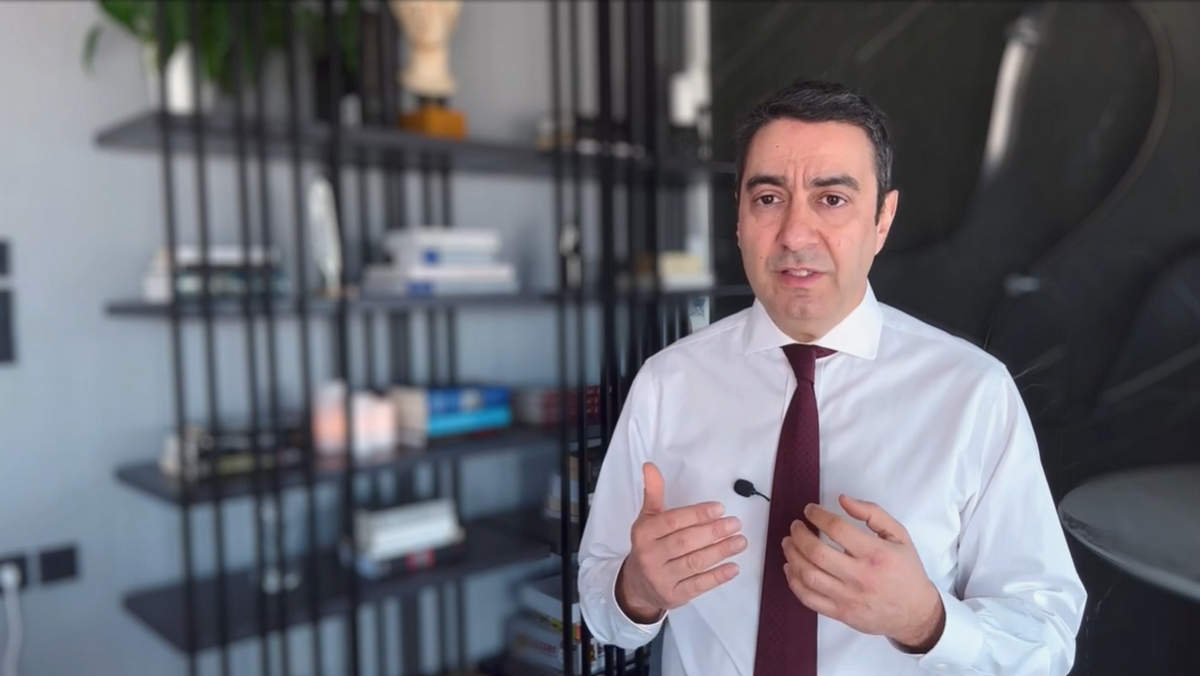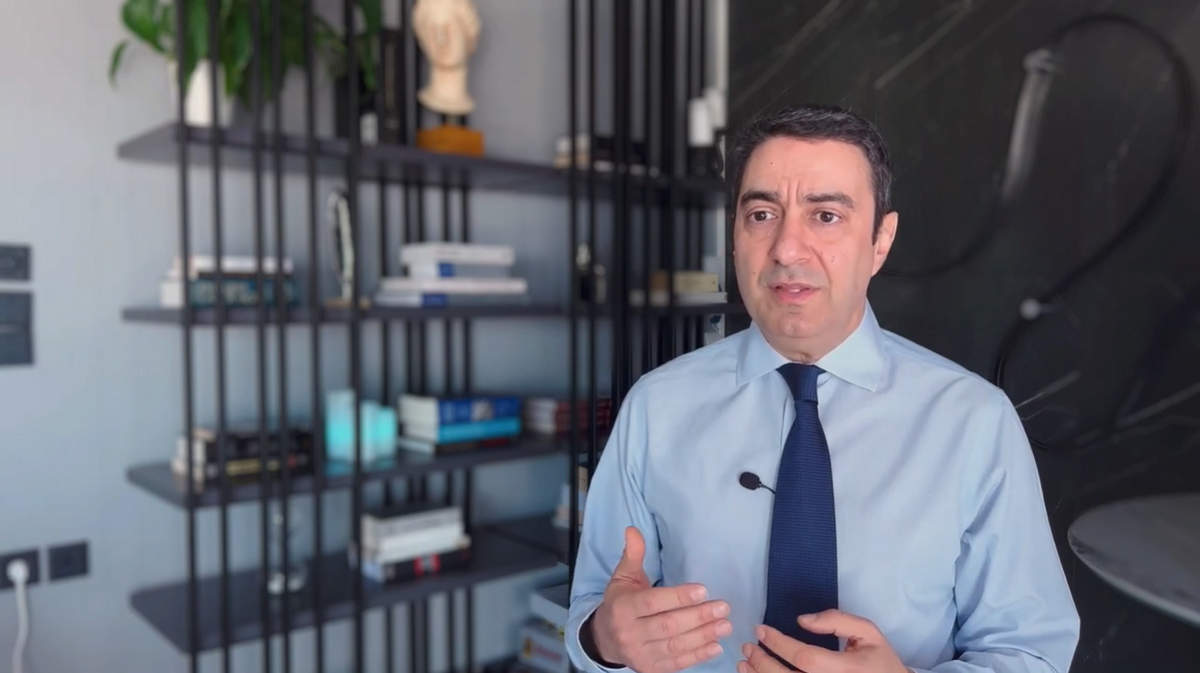The surface of the bones of the skull increases during childhood. We can imagine them as islands that grow and eventually join together, forming sutures. In babies, one can feel the gaps between the bones (called fontanelles). Sometimes, however, sutures may form prematurely or asymmetrically between the left and right sides.
The exact cause of this malformation is still unknown.
The incidence of craniosynostoses is estimated at 2 per 2,000 newborns for which 10-20% are hereditary. Craniosynostosis may occur in the context of a syndrome, i.e. in combination with other malformations, e.g. syndactyly (Apert syndrome), maxillary hypoplasia (Crouzon syndrome), etc.
Skull dysraphia may affect one or more sutures. If there is premature fusion of the sagittal suture, the result is an increase in the anterior-posterior diameter and then scaphocephaly (dolichocephaly or macrocephaly) may occur.
If bilateral fusion of the coronal suture occurs, the result is a smaller but flattened head, i.e. brachycephaly occurring within the context of other malformations, such as Crouzon syndrome.
Premature unilateral fusion of the coronal suture results in elevation of the eye orbit and intense asymmetry, i.e. plagiocephaly, which is more common in girls and second in frequency among all cranial stenoses, following scaphocephaly.
Finally, trigonocephaly is the rarest. This is observed after premature fusion of the metopic suture. The forehead becomes triangular, exhibiting a short distance between the eyes.
Premature fusion of all sutures results in a pointed head, called oxycephaly, or microcephaly. In this case, there is an increase in intracranial pressure, and a risk for neurological damage.
Treatment may be conservative or surgical. In the second case, cranioplasty is performed. In the first case, a special helmet can be used, custom-made for every child.
In scaphocephaly, surgery is recommended mainly for aesthetic reasons. When the malformations are complex or involve multiple sutures, surgical treatment is necessary in order to avoid neurological damage.
Surgery should be carried out before the infant reaches 6 months of age. In simple synostosis, it is usually sufficient to remove the suture with or without covering the ends with silicone, to delay fusion.
More complex malformations may require complex craniectomy, reconstruction of the eye orbit, and multiple surgeries performed by craniofacial surgeons and specialized neurosurgeons.
